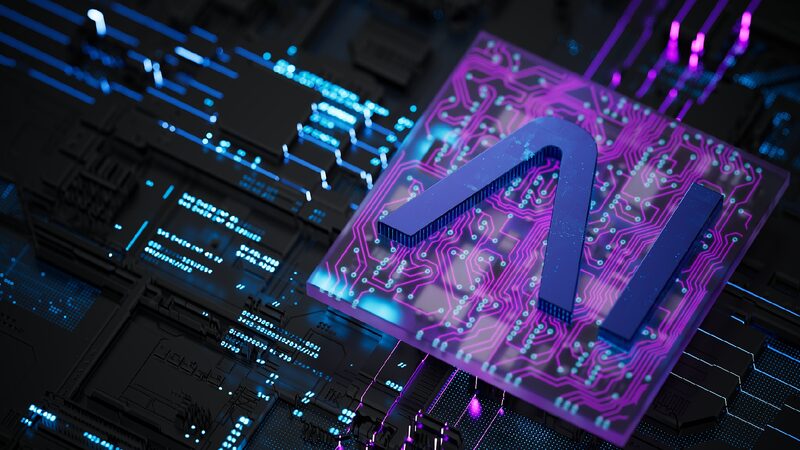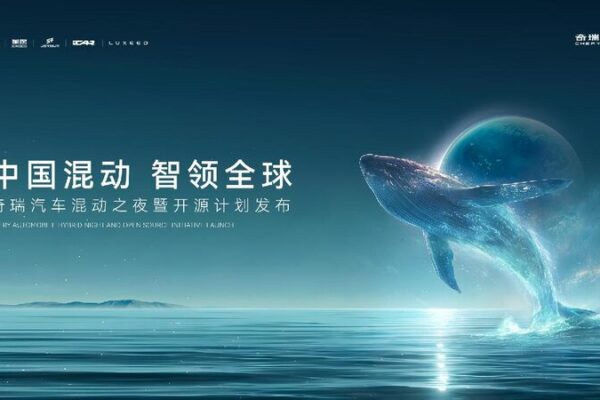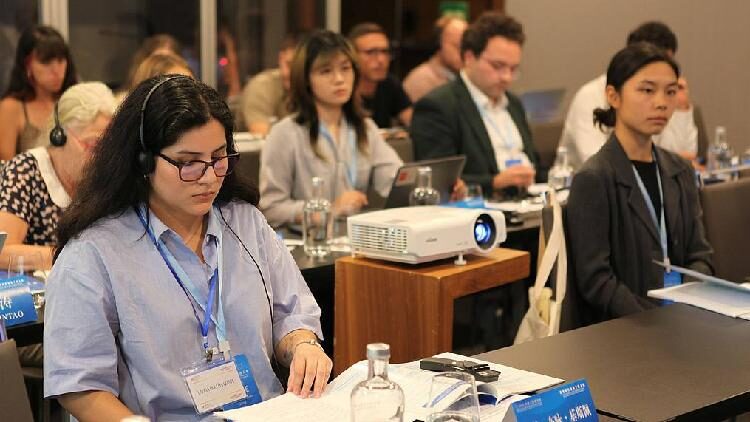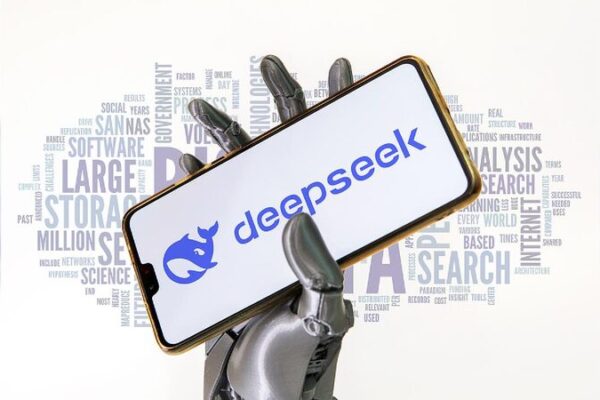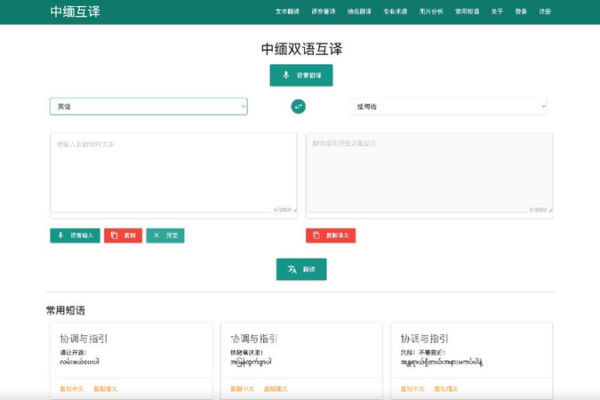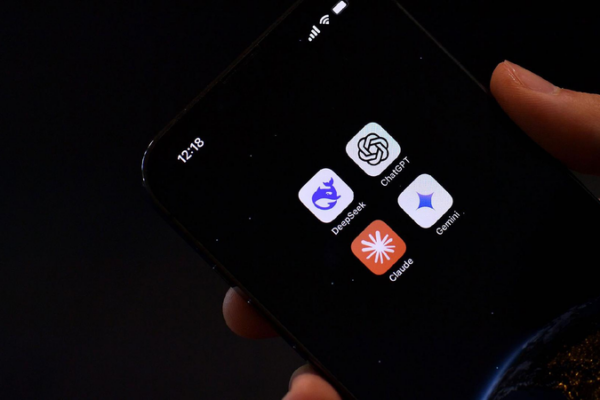Artificial intelligence (AI) is ushering in a new era for the translation industry, but human translators aren’t going anywhere. Instead, a hybrid approach combining AI tools with human expertise is gaining momentum, promising faster and more accurate translations while preserving the nuances that only humans can capture.
At the recent annual conference of the Translators Association of China (TAC), leaders from around the world highlighted this collaborative future. Du Zhanyuan, head of China International Communications Group (CICG) and TAC president, emphasized the importance of embracing AI innovations. “Translation is among the fields where AI applications currently excel,” he noted. “Leveraging new technologies can reshape workflows and elevate productivity, unlocking unprecedented potential for the profession.”
Alison Rodriguez, president of the International Federation of Translators (FIT), echoed this sentiment in her video address. “Art, literature, social customs, and traditions are as important for the future as the algorithms, deep learning, and large language models will be, because both are the future,” she said. Rodriguez stressed that translators, interpreters, and terminologists are indispensable in ensuring AI-generated content aligns with ethical standards and maintains credibility.
The translation sector is booming, particularly in the Chinese mainland, where a report revealed that the workforce has surpassed 6.8 million, driven by a surge in demand for multilingual services. Beyond traditional translation, companies are offering specialized services like international communication strategy and cross-cultural marketing.
Universities are adapting to market needs by updating curricula to focus on areas such as industrial engineering, life sciences, and AI-driven technical translation. Meanwhile, the globalization of Chinese culture—propelled by popular films, video games, and other creative works—has elevated translation’s role as a bridge for cross-cultural understanding.
In response to these trends, the TAC has launched the “Four Translation Projects,” an initiative that includes expert networks, cultural outreach programs, research hubs, and training opportunities. The association is also partnering with tech firms to establish AI translation research and development bases, fostering collaboration between human expertise and advanced technology.
This collaborative approach ensures that while AI enhances efficiency, the human touch continues to preserve the subtleties and cultural context that machines cannot replicate. As AI and human translators work side by side, the future of translation promises to be both innovative and deeply connected to human experience.
Reference(s):
AI tools to reshape translation industry, global cultural exchange
cgtn.com
